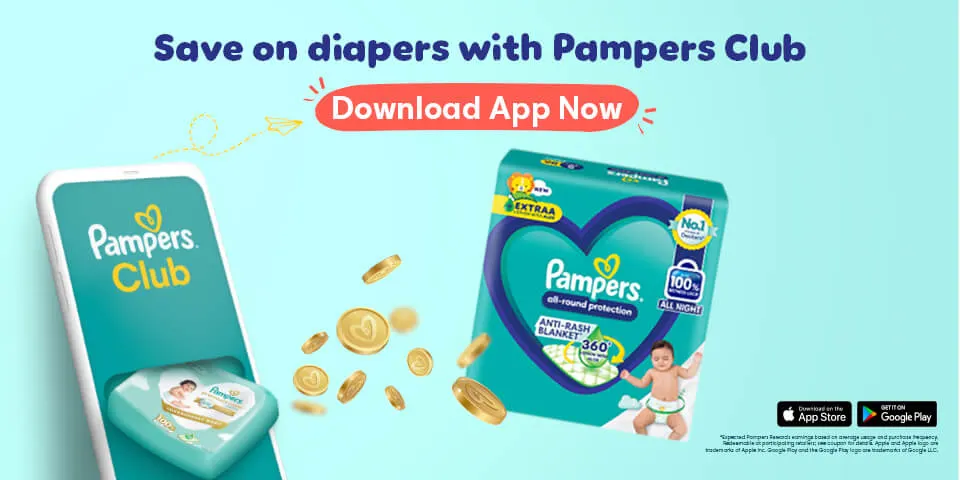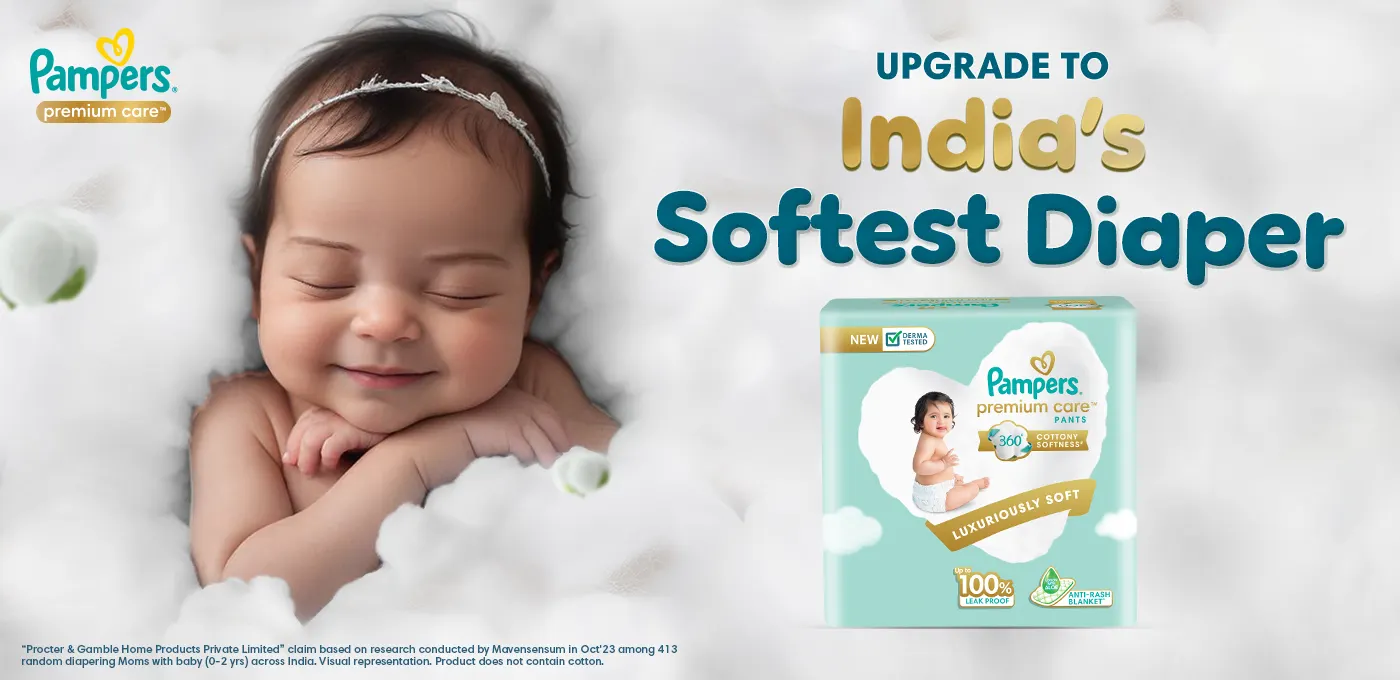Potty-training help: Potties and advice
What's your potty personality? If you like to be well-equipped, you've got plenty of gear to choose among. There are on-the-floor potties, convertible potties, step stools that once were potties, potties with handles, cushioned potties, seats that attach to an adult-size toilet, attachable seats that pull up to allow adults to use the same toilet, decorated and cushioned seats and water-filled seats with tiny ducks floating inside. Not to mention a tuneful potty that plays a melody when flushed. And for the toddler who wants complete participation, there are flushable wipes and training pants that look a lot like underwear but are more absorbent.
Judging Potties
When it comes right down to it, the only piece of potty-training equipment you need to start is one you already have: a toilet. These days, though, many paediatricians and parents recommend bypassing the toilet, which can be intimidating, and starting the process with a potty that your youngster can claim for his own. Some parents also have found that if a toddler helps pick out his own potty, he's more likely to use it.
An on-the-floor potty has some built-in advantages for a toddler. It's pint-size, just like him. It's also easily accessible so he can get used to sitting on it without help, and it doesn't need to be flushed (though what's good for toddlers is sometimes more work for mum). The just-right height of an on-the-floor potty means that your child can plant his feet firmly on the floor, which is important for pushing during bowel movements. Look for one with a wide-enough base to prevent tipping when he leans to the side to check his progress.
Adapter Seats
If your child is intrigued by the big toilet and wants to go to the loo just like mummy and daddy, you can choose a clip-on potty seat that attaches to the toilet. Make sure that the seat attaches securely and doesn't wobble; if it's not steady, your child may feel uneasy about using it. Some paediatricians recommend this type of seat because it makes the transition to the adult-size toilet easier.
If you do opt for an adapter seat for your toilet, make sure that you also invest in a step stool to place below it. This will allow your child to stabilise himself when pushing during bowel movements. He'll also need less help getting up and down. A step stool can be doubly useful in the bathroom: After using one at the toilet, your child can then pull it over to the sink to wash his hands.
Twofers
Some child-size potties offer the best of both worlds, with seats that lift off to attach to the big toilet when your child is ready. Others fold down to serve as a step stool. Whether you opt for a simple potty chair or a model that does double duty, look for one that's sturdy – it should be light enough for your child to manoeuvre, but solid enough to take his full weight. Stand-alone potty chairs and attachable models should have a seat that's padded or shaped for little bottoms.
Training Pants, Wipes and More
Some mums use disposable training pants that look more like underwear to help their toddlers get the knack of pulling their pants on and off. Less cumbersome than nappies, they're also less work for mum when accidents happen (as they always do), and a toddler can help by disposing of them herself. Exchanging nappies for disposable pants can be a big event for a toddler on his way to underpants but with extra protection.
You've also been teaching your toddler about cleanliness, helping him wipe himself and showing him how to wash his hands each time he uses the potty. Pre-moistened wipes can make that job a little simpler for a toddler: They're easier for little hands to manipulate during wiping and they can help him get cleaner than dry tissue alone. Look for wipes designed for potty use that are flushable.
Cleaning up accidents is part of potty-training, but you can eliminate some spills by giving your little boy something to aim at. There are biodegradable, fish-shaped targets available commercially which some parents swear by.
While you can't rush the process, you can help your child to make the transition by offering the right equipment, your support and encouragement, and lots of praise and positive reinforcement.


